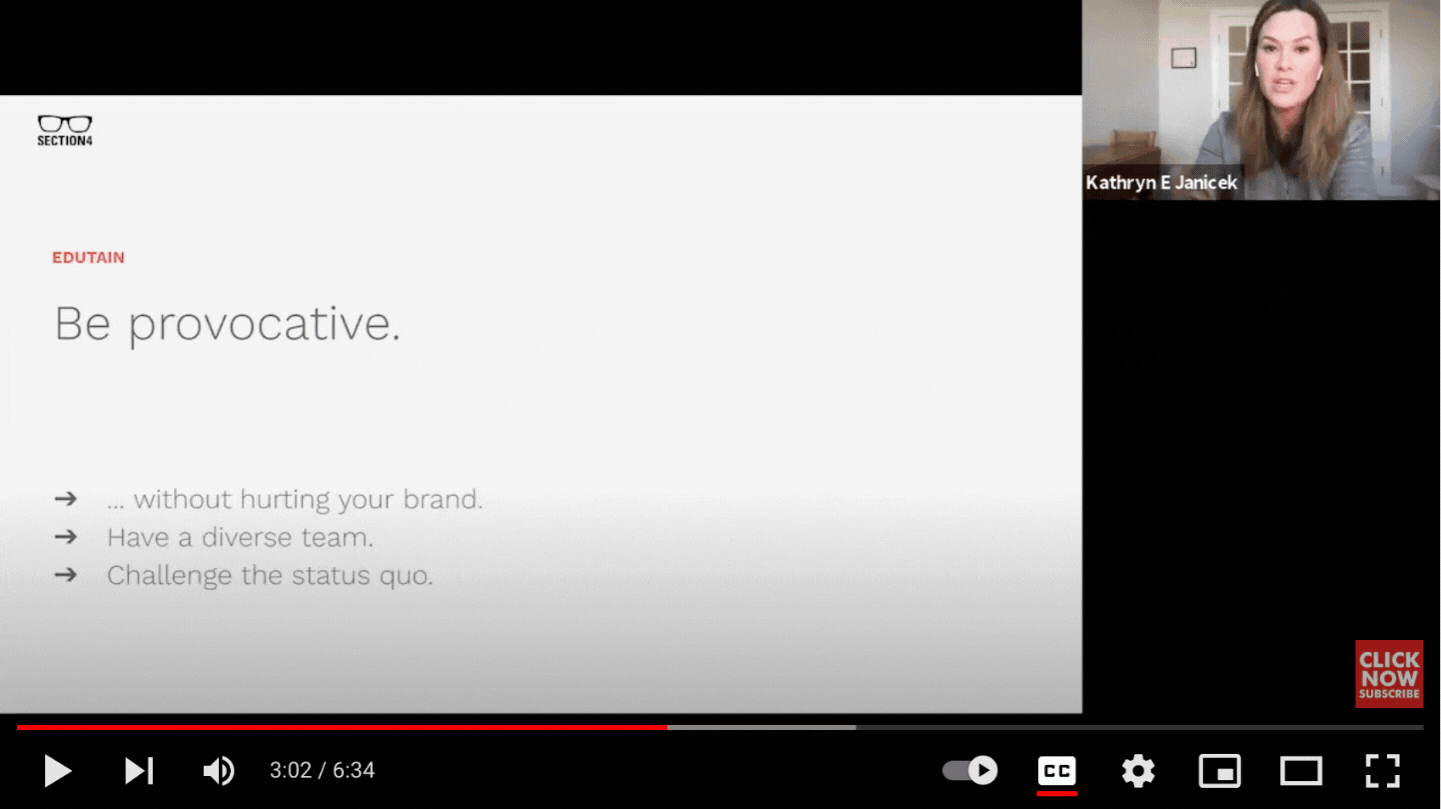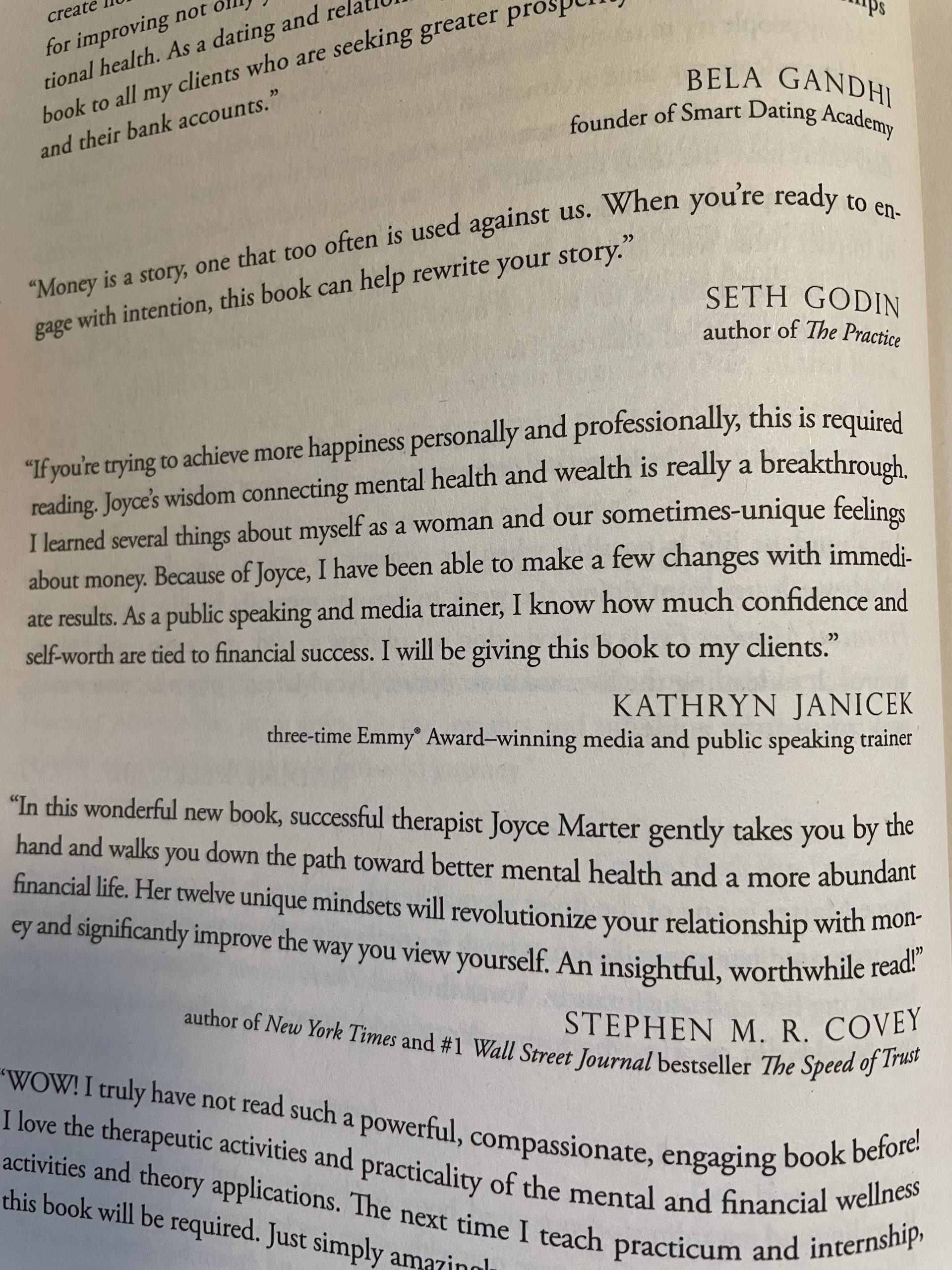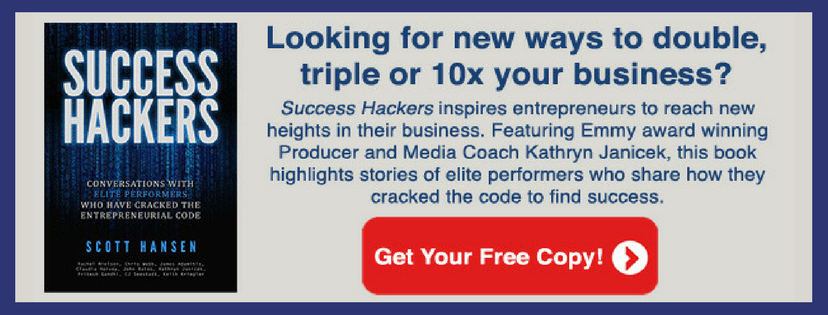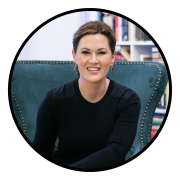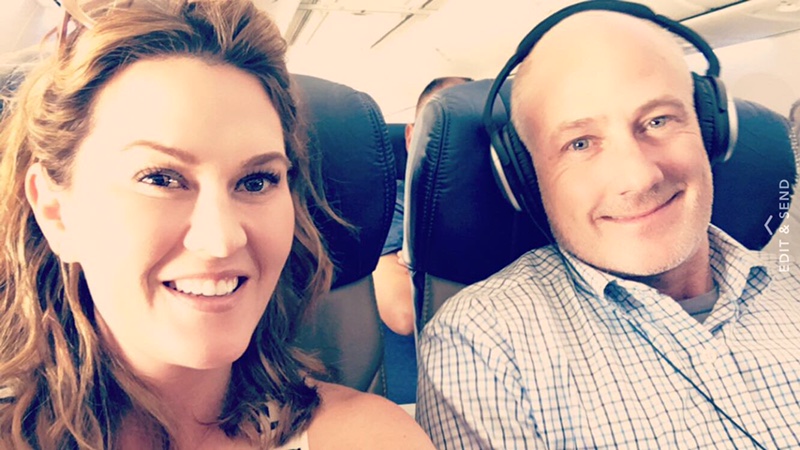Kathryn Janicek: Let’s now talk about how to craft your messages that will actually resonate with your customer the most, whether you’re on video, it’s your website, it’s social media, if you’re on stage, or in the media. I’m Kathryn Janicek, I’m the Founder and Chief Strategist at Kathryn Janicek Productions. It’s a super creative name. I’ve had my company for about seven years, I train in media and public speaking. I am a former TV exec. I’ve been the media for 25 years and I’ve won three Emmy’s. I have been so honored to be able to take three of the section four classes and it’s just been amazing.
How can you stand out as a thought leader? How can you show up as the expert in your industry? In your field? How can you impress audiences, future customers, current customers, investors make them trust and like you? I’m going to give you three ways you can do that today. There’s so many ways, but one way is to really know your audience. We hear it so often, but so many times, how often do you get to a conference and someone really hasn’t thought about their audience? Or they get up on any kind of stage or they’re being interviewed by the media and they’re really not thinking about who that end audience member is. So, think about your audience. If you’re in the media, for example, your audience is really not that journalist. Your audience is that person at home who might download your app, who might try out your brand new health thing or might buy your toy, whatever it is. But think about that 45-year-old female with two kids, who’s at home on the couch and that is who you’re talking to, that person.
You’re not talking to everyone. We narrowcast, not broadcast, right? We think about that actual person. And also to think about if you have a health company, if you have anything in healthcare or that honestly, anyone who needs to be trusted and if you need to look like you care about them, you need to look like you care about yourself. So, making sure you show up looking healthy and clean and it’s so, so important in front of anybody, right? Now, we all want a story tell, but think about your exact audience about who you’re telling a story to. And I was training a COO and other execs a couple weeks ago from a 12 billion company, I thanked them for taking the three days to fly to Chicago and actually take that time with me.
I told them about my dad was a weekend dad. He was around Monday through Friday, that resonated with this group. That would not resonate with 300 women who I might speak with who are in their twenties. I also told a story on day two about how I was misrepresented in an E! Entertainment story about Chris Farley. It was the Chris Farley biography that aired in 1998. This audience was perfect for it because it was men about 40 plus and they knew who Chris Farley was. I wouldn’t tell that story to a group of millennials or maybe women who were in their thirties because they just don’t remember who he was. So, think about who that audience is and what stories you can tell them. It’s really, really important. Another way you can think about it too, for yourself is I was training the new President of a major medical association.
And her job is to get more people vaccinated because she is in healthcare and that’s her job. She’s a pathologist. Now, instead of just saying, “you need to go get vaccinated,” we spun the story and I talk said “talk about as a CMO and as a mother of two college students, I really cannot tell you how important it is. I cannot underscore this enough, how important. When I got my two kids vaccinated, I needed them to get vaccinated before they go to college”. So, she wove in her story. So, be vulnerable and leave that in and we’ll talk about that in a second. Also, remember this is educating and entertaining. As much as CEOs will tell me all the time, I’m not a performer. I don’t want to entertain. It really is your job because you want to make sure you get your message across.
So, we have to edutain. We get up, we show our smarts, but we have to captivate an audience and keep them for 5, 10, 20, 40 minutes. So, you have to entertain. One of those ways is we can be a little bit more provocative. And I think that sometimes we think being provocative is injecting sex, it doesn’t have to be that way. If you really look at the old definition, the Latin origin of being provocative, it’s really about challenging, changing. How can you change the status quo and be provocative in your specific industry? And then how can you communicate how you’re different? You can’t compete with other companies head to head, right? You can’t compete with them with exactly what they’re doing. Try to change the status quo and then communicate how you are different.
And then really, really it’s important is making sure that your team is diverse because sometimes when we try to be provocative, you guys have seen all the bad stories out there when they backfire. When we want to be provocative, we should have a good diverse team, men, women, different people from all over the place, and also that reflects your audience because you don’t want it to backfire. Okay. In TV, we always made sure that we had people a diverse background, so we could talk to our specific audience. It’s really important. TV can do a little better of a job and they’re working on it. Also, be vulnerable to be memorable. Tell those really heart-wrenching stories and here’s, what’s really important is to practice, practice, practice. If you don’t prepare and really rehearse your speech, your talk, whatever it is, your two-minute video for YouTube, it’s really hard to then be vulnerable and be present and really emote, be thinking about every word you’re saying because you will not be impactful if we get up and read the words.
We have to really think about them because then you will touch the people, you will stay with them, you’ll be memorable. I’ve had CEOs who are great in the rehearsal, but then they get up and they get so much in their head because they’re trying to perform and look a certain way and make sure that all their ego gets going. And that vulnerable moment that we rehearse, that moment where they really thanked their team or whatever it was, and they kind of teared up, they didn’t do it when it was live because they weren’t present. They were thinking too much about how they were going to look. So, be prepared, so you can then be vulnerable. So, those quick takeaways are just making sure that we know our audience, we edutain, we are vulnerable but we rehearse, so we can be vulnerable and really be present. And I hope that was helpful.
